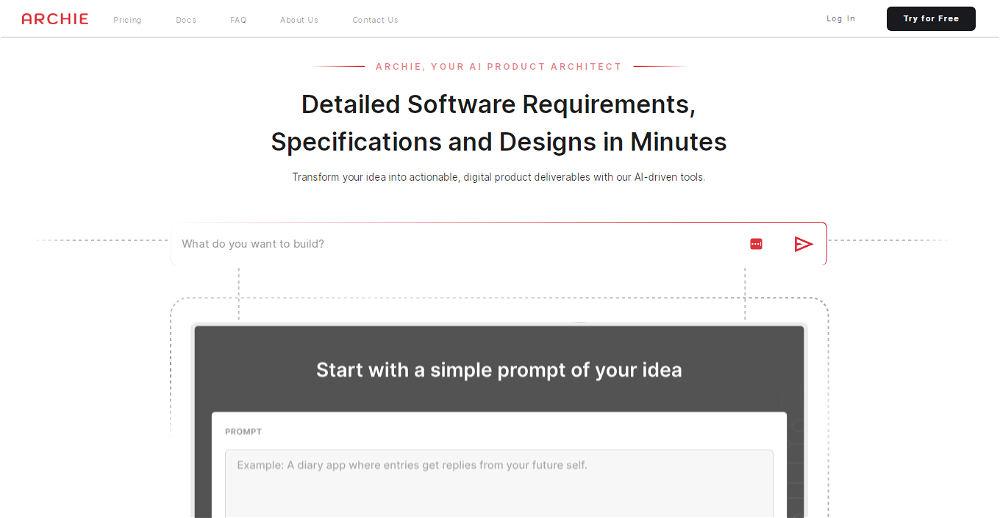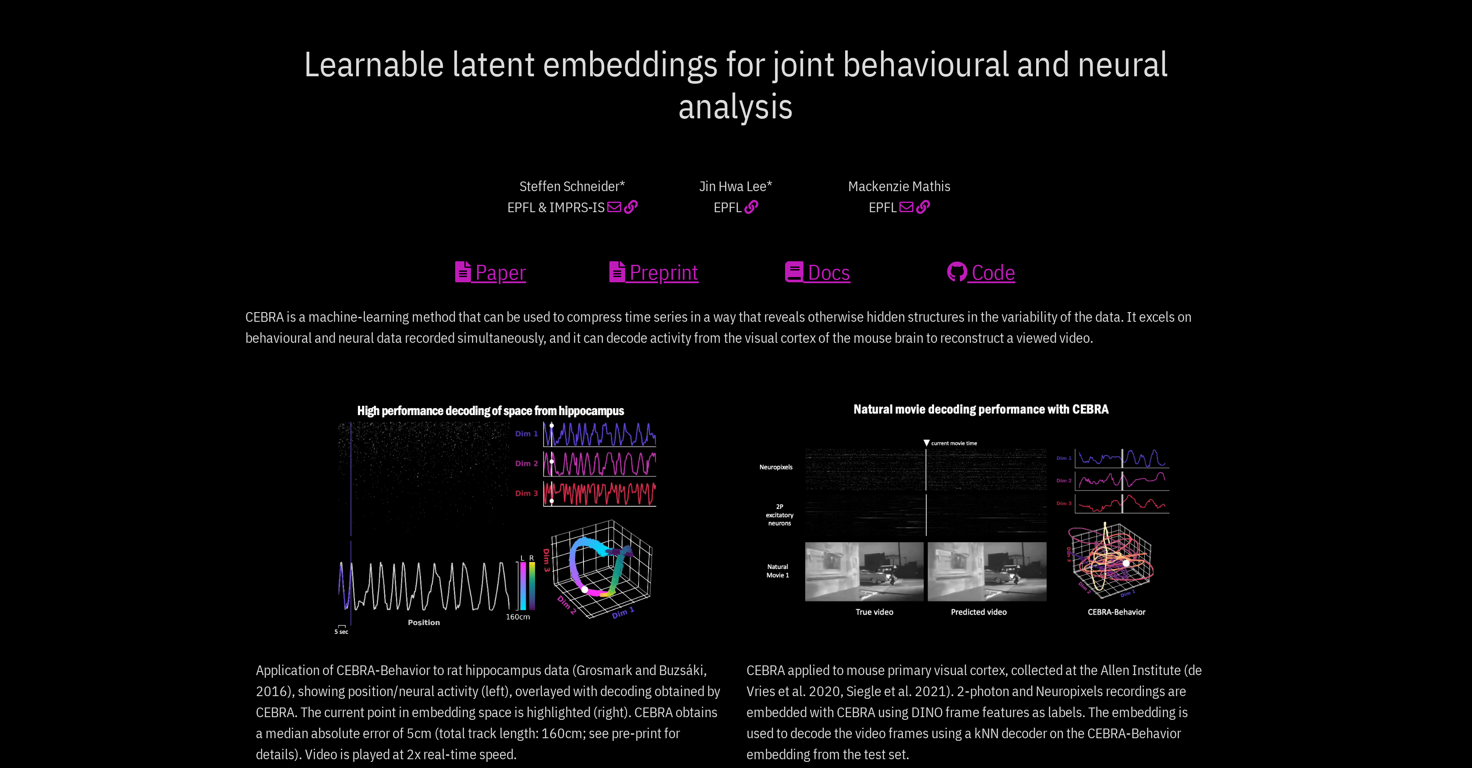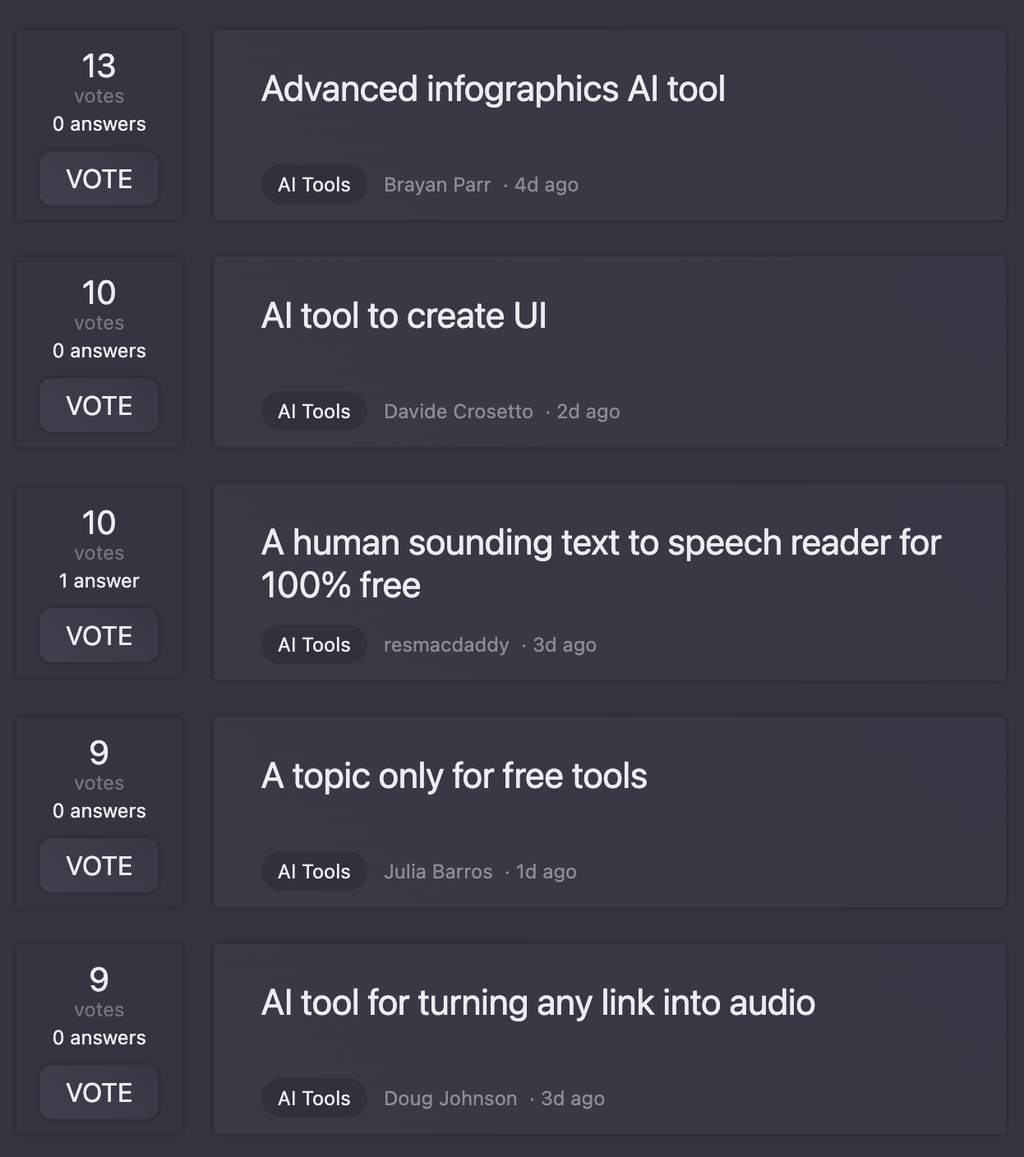Cebra
CEBRA, or Learnable Latent Embeddings for Joint Behavioural and Neural Analysis, is a novel machine-learning method developed with the aim to map behavioural actions to neural activity - a fundamental goal in neuroscience.
The tool has been developed to cater to the increasing interest in modeling neural dynamics during adaptive behaviors as our ability to record large-scale neural and behavioural data grows.
The method is unique as it can jointly use behavioural and neural data in both a hypothesis-driven and discovery-driven manner to produce high-performance and consistent latent spaces that reveal the underlying correlates of behaviour.
It can be leveraged over single and multi-session datasets for hypothesis testing or be used label-free. CEBRA is adept at handling both calcium and electrophysiology datasets, across tasks, whether sensory or motor, and in simple or complex behaviors across species.
Notably, CEBRA can be effectively used for space mapping, uncovering complex kinematic features, and rapid, high-accuracy decoding of natural movies from the visual cortex, thus improving our understanding of neural dynamics and behavior.
It also excels at decoding activity from the mouse brain's visual cortex to reconstruct a viewed video, highlighting its promise in neuroscience and behavioral studies.
How would you rate Cebra?
Help other people by letting them know if this AI was useful.
Feature requests



Pros and Cons
Pros
Cons
Q&A
If you liked Cebra
Help
To prevent spam, some actions require being signed in. It's free and only takes a few seconds.
Sign in with Google








